T HE B OOK OF K ADAM The Library of Tibetan Classics is a special series being developed by the Institute of Tibetan Classics aimed at making key classical Tibetan texts part of the global literary and intellectual heritage. Eventually comprising thirty-two large volumes, the collection will contain over two hundred distinct texts by more than a hundred of the best-known Tibetan authors. These texts have been selected in consultation with the preeminent lineage holders of all the schools and other senior Tibetan scholars to represent the Tibetan literary tradition as a whole. The works included in the series span more than a millennium and cover the vast expanse of classical Tibetan knowledgefrom the core teachings of the specific schools to such diverse fields as ethics, philosophy, psychology, Buddhist teachings and meditative practices, civic and social responsibilities, linguistics, medicine, astronomy and astrology, folklore, and historiography. The Book of Kadam: The Core Texts The Kadam school, which emerged from the teachings of the Indian master Atia and his principal student, Dromtnpa, is revered for its unique practical application of the bodhisattvas altruistic ideal in day-to-day life. One of the most well-known sets of spiritual teachings stemming from Atia and Dromtnpa is a special collection of oral transmissions enshrined in the two-volume Book of Kadam (Bka gdams glegs bam).
The texts presented here include the core texts of The Book of Kadam, notably the twenty-three-chapter dialogue between Atia and Dromtnpa that is woven around Atias Bodhisattvas Jewel Garland. Sometimes referred to as the Kadam emanation scripture, The Book of Kadam is undisputedly one of the greatest works of Tibetan Buddhism. This volume contains (1) Atias Bodhisattvas Jewel Garland, (2) the twenty-three-chapter Jewel Garland of Dialogues, (3) Dromtnpas Tree of Faith: A Self-Exhortation, (4) Elucidation of the Heart-Drop Practice by Khenchen Nyima Gyaltsen (12231305), (5) four selected chapters from Dromtnpas birth stories, (6) two brief verse summaries of The Book of Kadam, one by the Second Dalai Lama (14761542) and the other by Yongzin Yesh Gyaltsen (171393), and (7) Sayings of the Kadam Masters, compiled by Chegom Sherap Dorj (ca. twelfth century). Although the Kadam school no longer exists as an autonomous lineage within Tibetan Buddhism, its teachings have become fully incorporated into the teachings of all four major schools of Tibetan Buddhism, especially the Geluk school.  T HE K ADAM SCHOOL OF T IBETAN B UDDHISM emerged in the eleventh century from the teachings of the Indian master Atia and his principal Tibetan student, Dromtnpa.
T HE K ADAM SCHOOL OF T IBETAN B UDDHISM emerged in the eleventh century from the teachings of the Indian master Atia and his principal Tibetan student, Dromtnpa.
Although it no longer exists as an independent school, Kadams teachings were incorporated into the four major schools of Tibetan Buddhism and are still prized today for their unique practical application of the bodhisattvas altruistic ideal in everyday life. One of the most cherished teachings stemming from Atia and Dromtnpa is the collection of esoteric oral transmissions enshrined in the Book of Kadam. This volume includes the core texts of the Book of Kadam, notably the twenty-three-chapter dialogue between Atia and Dromtnpa that is woven around Atias Bodhisattvas Jewel Garland, as well as complementary texts that illuminate the history and practices of the Kadam tradition. When completed, The Library of Tibetan Classics will be a comprehensive reference library of the most important Tibetan classics embracing the entire spectrum of Tibetan thought and artistic traditions. Such a series will make Tibets classical thought truly a world heritage, an intellectual and spiritual resource open to all. His Holiness the Fourteenth Dalai Lama This series edited by Thupten Jinpa and published by Wisdom Publications is a landmark in the study of Tibetan culture in general and Tibetan Buddhism in particular.
Each volume contains a lucid introduction and outstanding translations that, while aimed at the general public, will benefit those in the field of Tibetan Studies immensely as well. Leonard van der Kuijp, Harvard University Erudite in all respects, this series is at the same time accessible and engagingly translated. As such, it belongs in all college and university libraries as well as in good public libraries. The Library of Tibetan Classics is on its way to becoming a truly extraordinary spiritual and literary accomplishment. Janice D. Willis, Wesleyan University Message from the Dalai Lama T HE LAST TWO MILLENNIA witnessed a tremendous proliferation of cultural and literary development in Tibet, the Land of Snows.
Moreover, due to the inestimable contributions made by Tibets early spiritual kings, numerous Tibetan translators, and many great Indian paitas over a period of so many centuries, the teachings of the Buddha and the scholastic tradition of ancient Indias Nland monastic university became firmly rooted in Tibet. As evidenced from the historical writings, this flowering of Buddhist tradition in the country brought about the fulfillment of the deep spiritual aspirations of countless sentient beings. In particular, it contributed to the inner peace and tranquility of the peoples of Tibet, Outer Mongoliaa country historically suffused with Tibetan Buddhism and its culturethe Tuva and Kalmuk regions in present-day Russia, the outer regions of mainland China, and the entire trans-Himalayan areas on the southern side, including Bhutan, Sikkim, Ladakh, Kinnaur, and Spiti. Today this tradition of Buddhism has the potential to make significant contributions to the welfare of the entire human family. I have no doubt that, when combined with the methods and insights of modern science, the Tibetan Buddhist cultural heritage and knowledge will help foster a more enlightened and compassionate human society, a humanity that is at peace with itself, with fellow sentient beings, and with the natural world at large. It is for this reason I am delighted that the Institute of Tibetan Classics in Montreal, Canada, is compiling a thirty-two volume series containing the works of many great Tibetan teachers, philosophers, scholars, and practitioners representing all major Tibetan schools and traditions.
These important writings will be critically edited and annotated and will then be published in modern book format in a reference collection called The Library of Tibetan Classics, with their translations into other major languages to be followed later. While expressing my heartfelt commendation for this noble project, I pray and hope that The Library of Tibetan Classics will not only make these important Tibetan treatises accessible to scholars of Tibetan studies, but will create a new opportunity for younger Tibetans to study and take interest in their own rich and profound culture. Through translations into other languages, it is my sincere hope that millions of fellow citizens of the wider human family will also be able to share in the joy of engaging with Tibets classical literary heritage, textual riches that have been such a great source of joy and inspiration to me personally for so long.  The Dalai Lama The Buddhist monk Tenzin Gyatso Special Acknowledgments T HE I NSTITUTE OF T IBETAN C LASSICS expresses its deep gratitude to Barry J. Hershey, Connie Hershey, and the Hershey Family Foundation for funding the entire cost of this translation project. We also acknowledge the Hershey Family Foundation for its generous support of the Institute of Tibetan Classics projects of compiling, editing, translating, and disseminating key classical Tibetan texts through the creation of
The Dalai Lama The Buddhist monk Tenzin Gyatso Special Acknowledgments T HE I NSTITUTE OF T IBETAN C LASSICS expresses its deep gratitude to Barry J. Hershey, Connie Hershey, and the Hershey Family Foundation for funding the entire cost of this translation project. We also acknowledge the Hershey Family Foundation for its generous support of the Institute of Tibetan Classics projects of compiling, editing, translating, and disseminating key classical Tibetan texts through the creation of
Next page
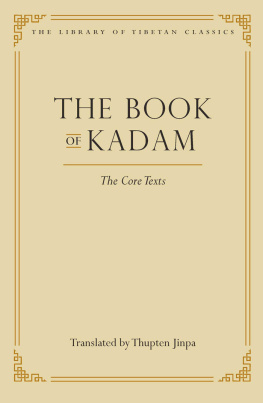
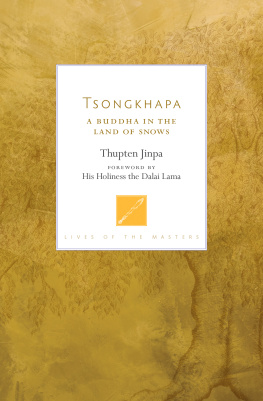
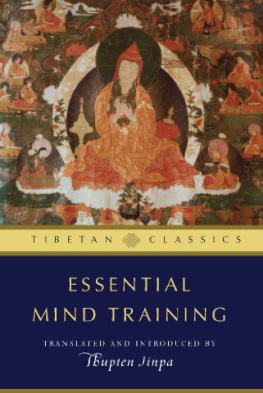
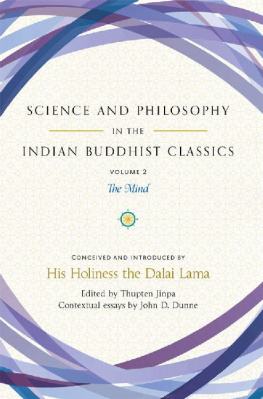

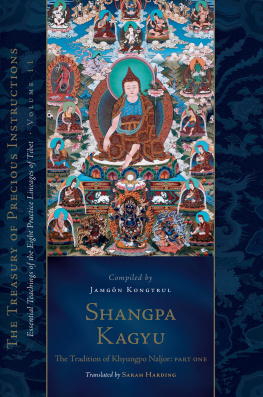
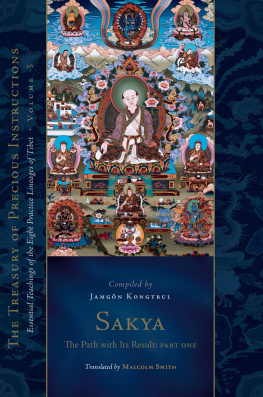
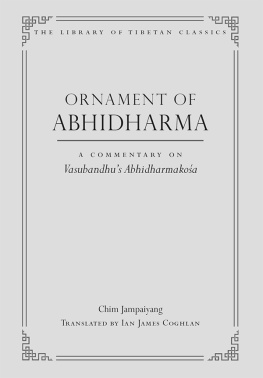
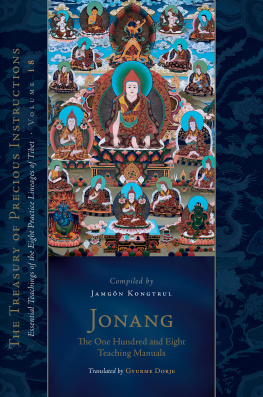
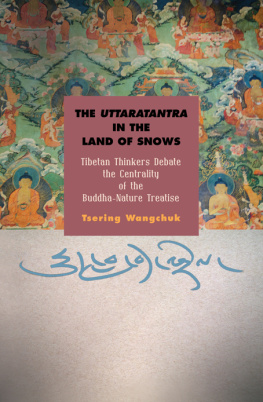
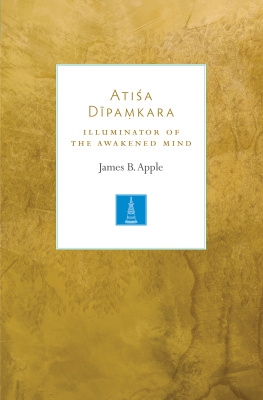
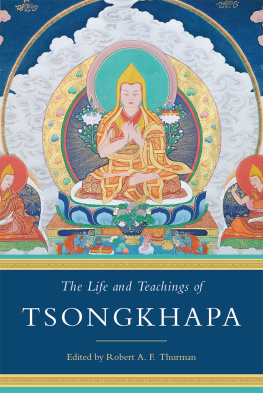
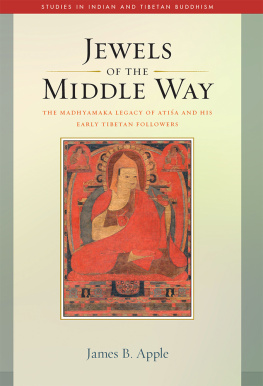
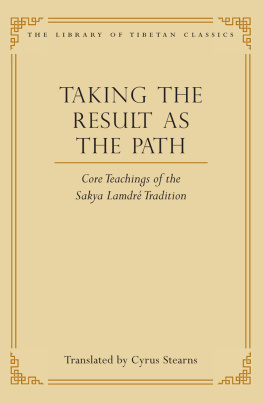
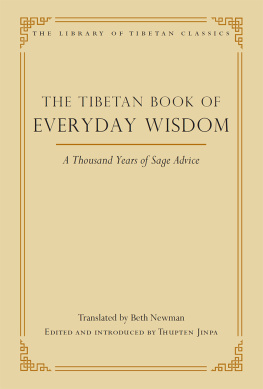
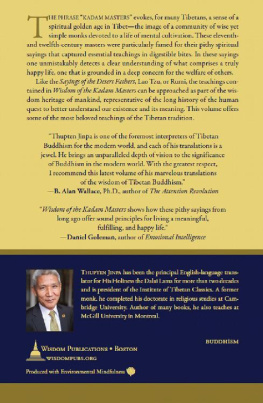
 T HE K ADAM SCHOOL OF T IBETAN B UDDHISM emerged in the eleventh century from the teachings of the Indian master Atia and his principal Tibetan student, Dromtnpa.
T HE K ADAM SCHOOL OF T IBETAN B UDDHISM emerged in the eleventh century from the teachings of the Indian master Atia and his principal Tibetan student, Dromtnpa. The Dalai Lama The Buddhist monk Tenzin Gyatso Special Acknowledgments T HE I NSTITUTE OF T IBETAN C LASSICS expresses its deep gratitude to Barry J. Hershey, Connie Hershey, and the Hershey Family Foundation for funding the entire cost of this translation project. We also acknowledge the Hershey Family Foundation for its generous support of the Institute of Tibetan Classics projects of compiling, editing, translating, and disseminating key classical Tibetan texts through the creation of
The Dalai Lama The Buddhist monk Tenzin Gyatso Special Acknowledgments T HE I NSTITUTE OF T IBETAN C LASSICS expresses its deep gratitude to Barry J. Hershey, Connie Hershey, and the Hershey Family Foundation for funding the entire cost of this translation project. We also acknowledge the Hershey Family Foundation for its generous support of the Institute of Tibetan Classics projects of compiling, editing, translating, and disseminating key classical Tibetan texts through the creation of